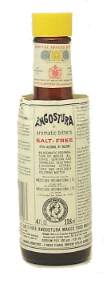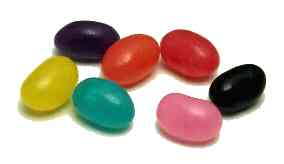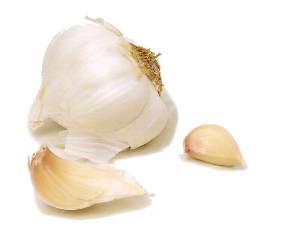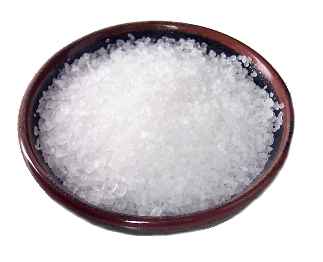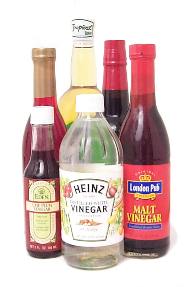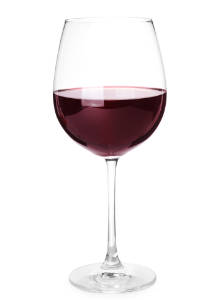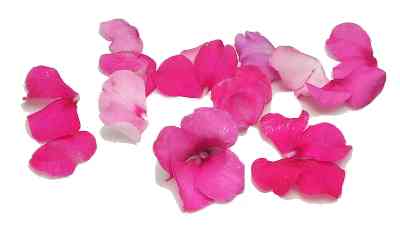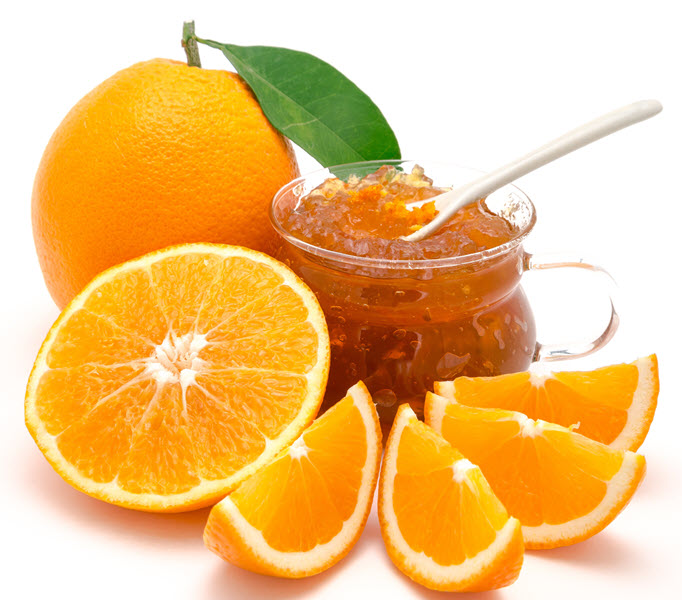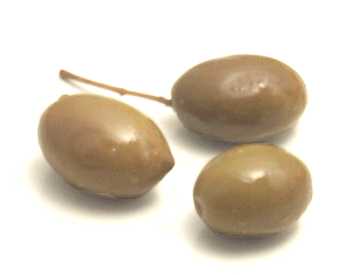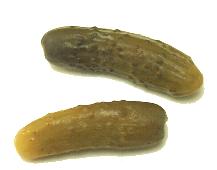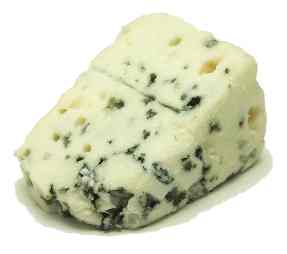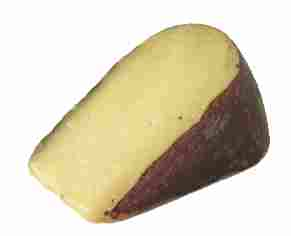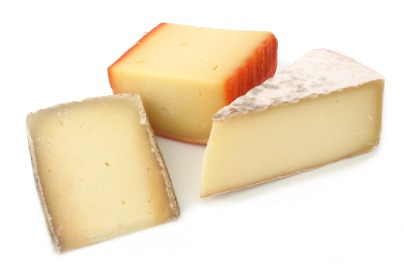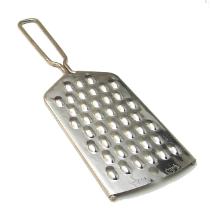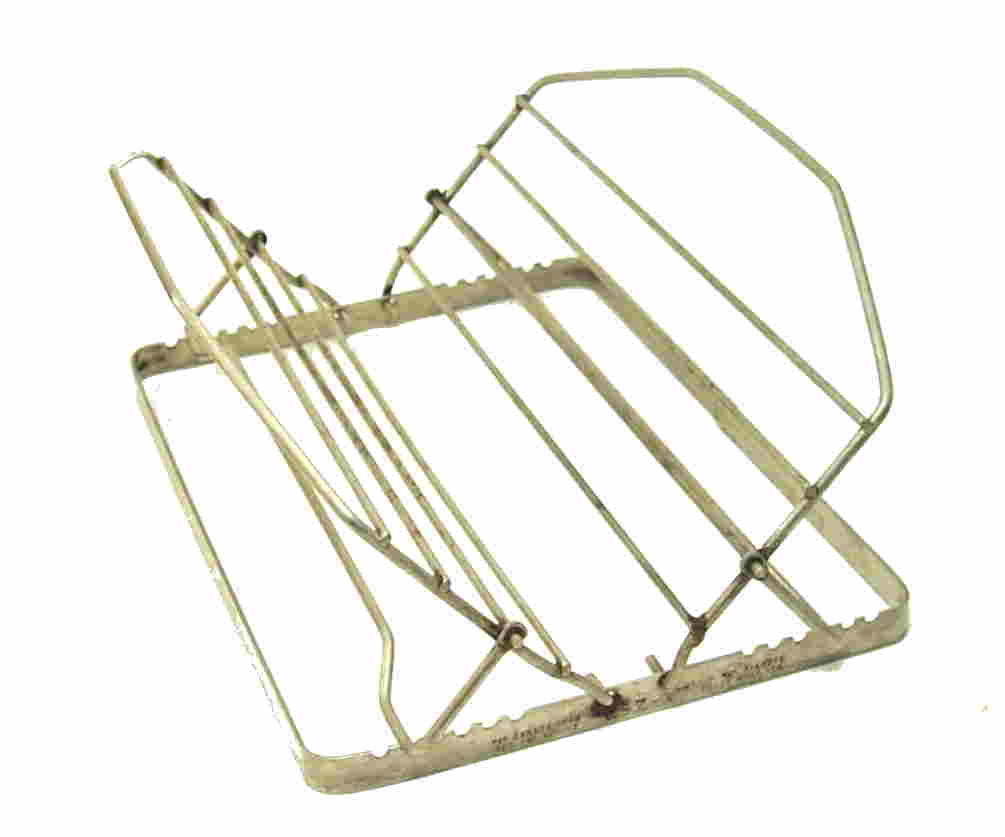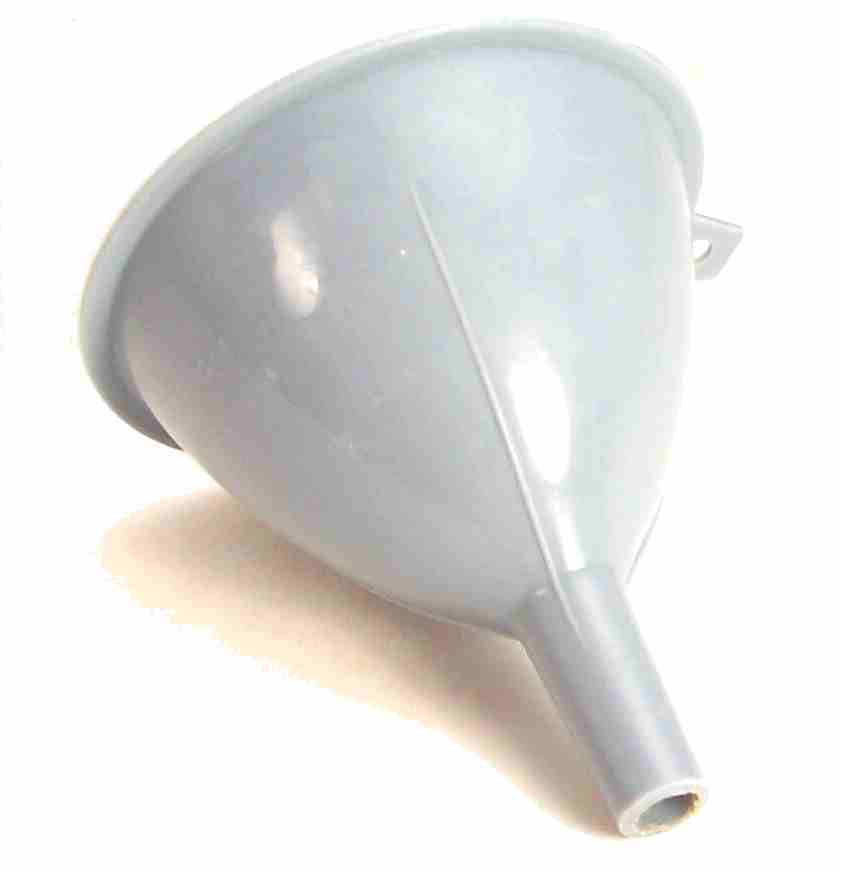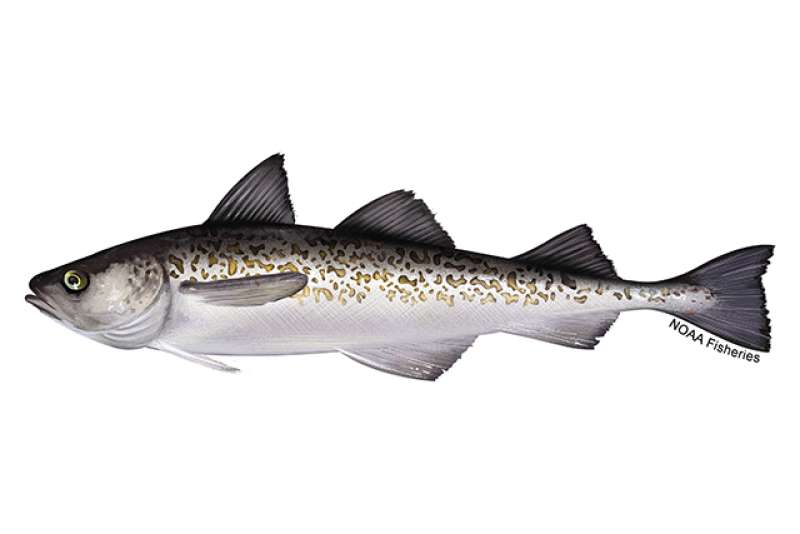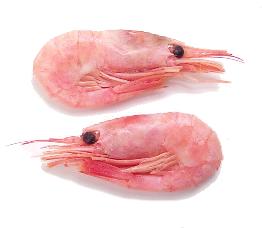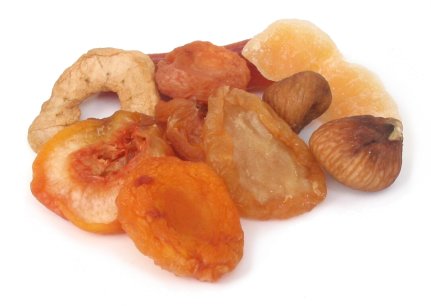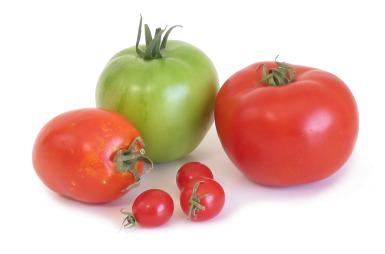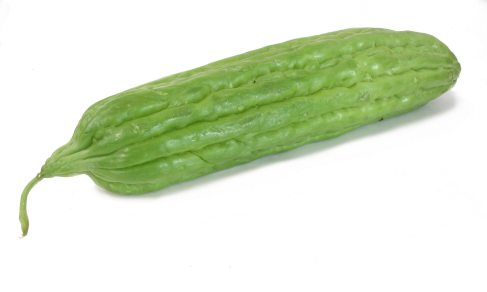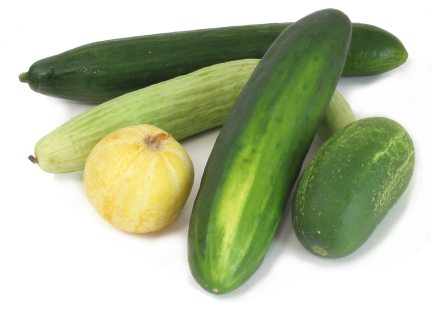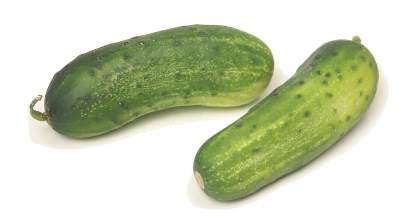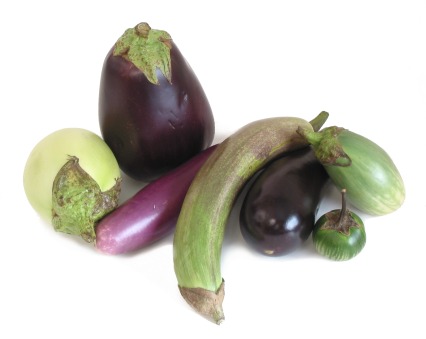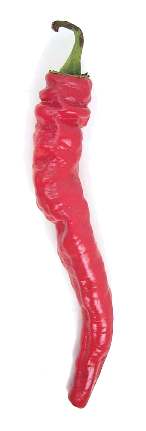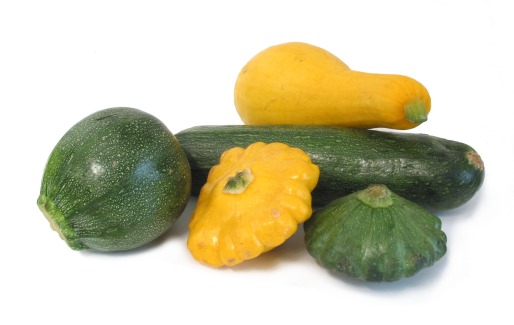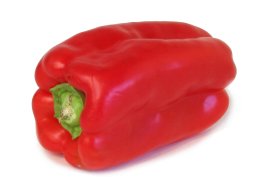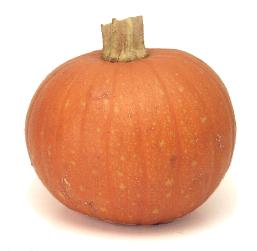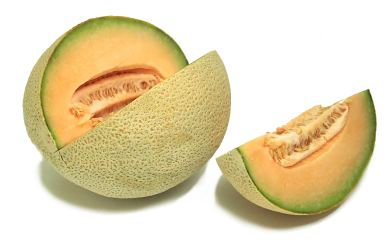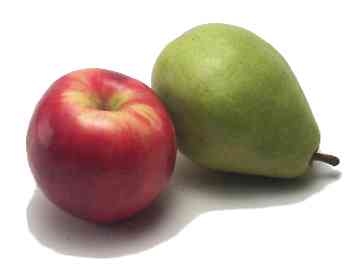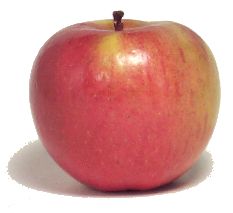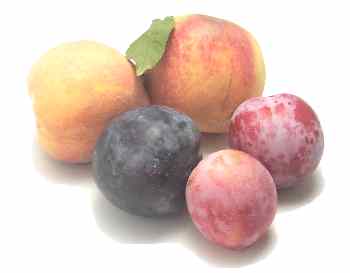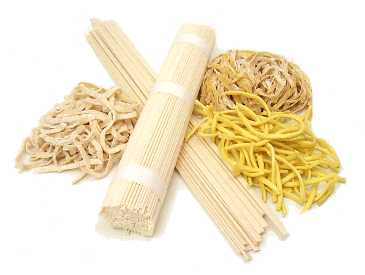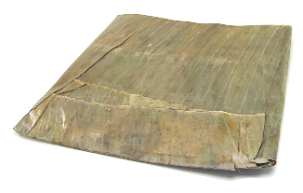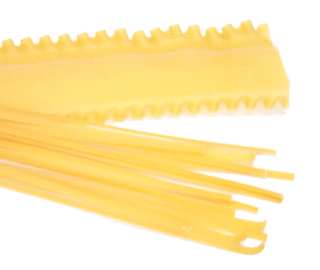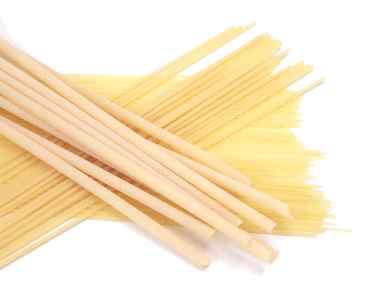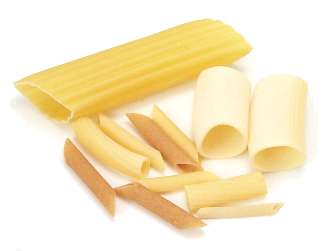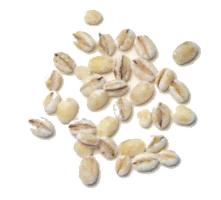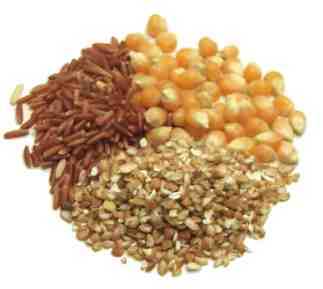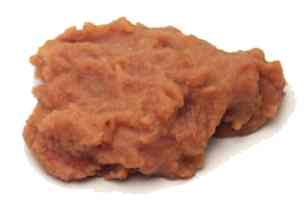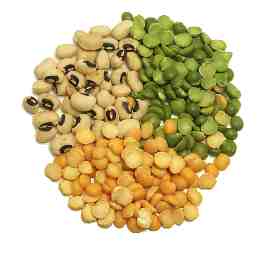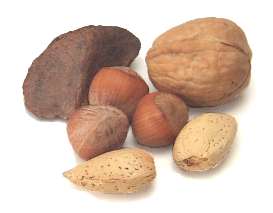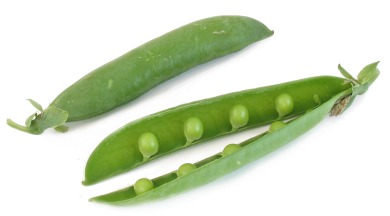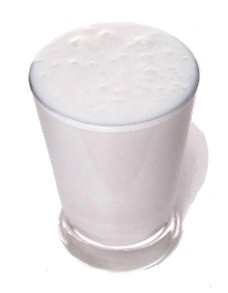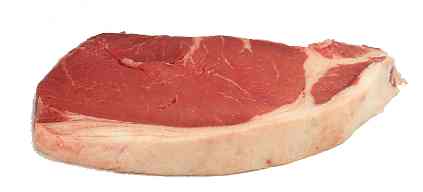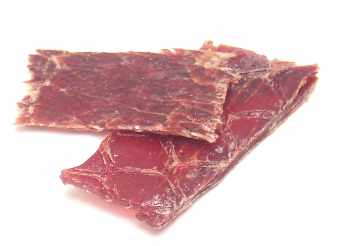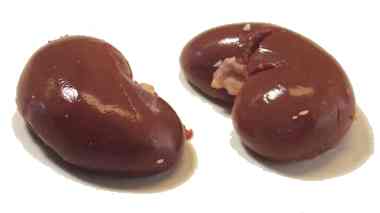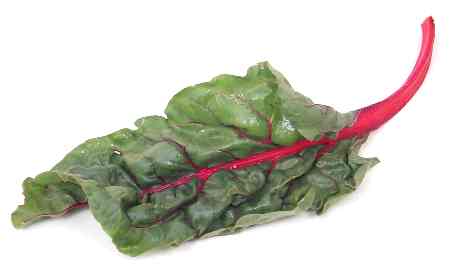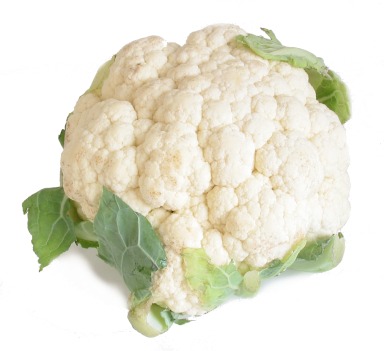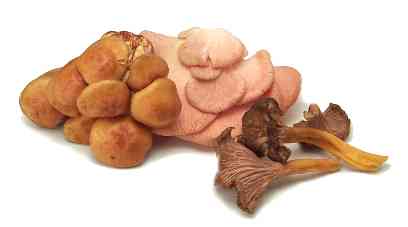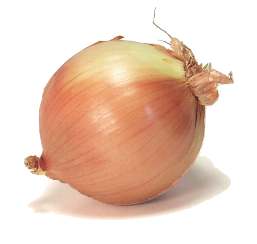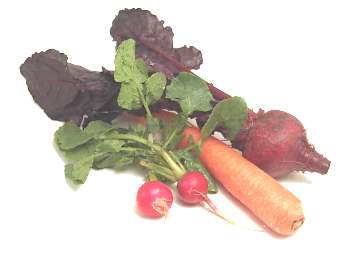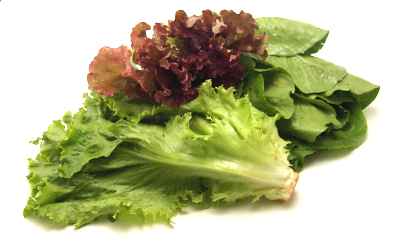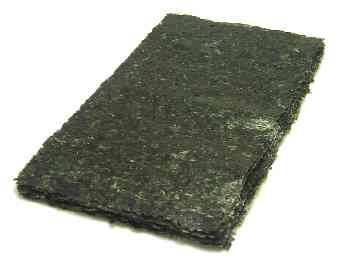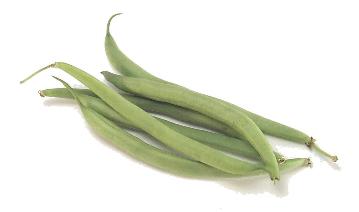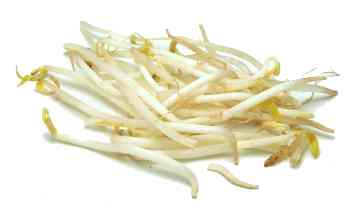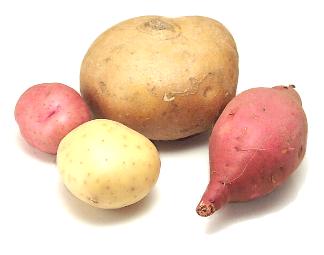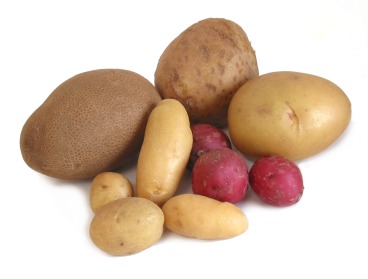Flavorings Category
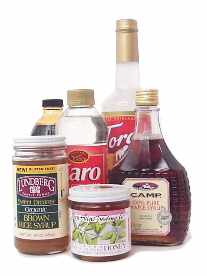
Includes sweeteners, herbs, spices, chocolate, and extracts.
pumpkin seeds
Pumpkin seeds are terrific snacks. Unlike sunflower seeds, they're usually eaten whole, though hulled pumpkin seeds, called pepitas, are commonly used in Mexican dishes. To roast fresh pumpkin seeds, wash them and blot them dry, then toss them with salt and melted butter or margarine and bake on a cookie sheet in a 325° oven for about 15 minutes. To dry fresh seeds, wash and blot them dry as before, but bake them in a warm (150°) oven for 1 to 2 hours.
Learn morequince paste
This is a Spanish and South American delicacy that's similar to quince jam, only thick enough to cut into slices. It's terrific which cheese or nuts.
Learn moreras el hanout
A traditional Moroccan spice mix, the name means "head of the shop," suggesting that it was the master of the spice shop who prepared this complex blend. It's often cooked with rice and couscous dishes. Look for it in Middle Eastern markets or African markets.
Learn morered chile powder
Red chile powder is made from hot red chiles that have been dried and ground. Don't confuse chile powder with chili powder, a mixed spice for making chili.
Learn morered pepper flakes
These are dried cayenne peppers that have been crushed. They're often sprinkled on pizza to add heat.
Learn morered pepper sauce
Red pepper sauce is a mild sauce made from roasted red bell peppers and other spices.
Learn morered rice vinegar
This Asian vinegar is a bit salty. It's sometimes used in seafood or sweet and sour dishes, or as a dipping sauce.
Learn morered sweet bean paste
This is made from azuki beans, and Asian cooks use it to fill buns and dumplings and to make puddings. Like peanut butter, it comes in both creamy and crunchy versions. The creamy version also comes in powdered form. Don't confuse this with sweet bean paste, which is made from sweetened fermented soybeans.
Learn morered wine
Red wines are heavier and more strongly flavored than white wines, and they go best with heavier, more strongly flavored foods, like red meat, pasta, and ripe cheeses. They should always be served at room temperature.
Learn morered wine vinegar
This assertive vinegar is a staple in French households. It's used in vinaigrettes and for making marinades, stews, and sauces. It's a good choice if you're trying to balance strong flavors in a hearty dish.
Learn moreretsina
This is a white Greek wine that's flavored with pine resin. It's popular with Greeks, but hasn't caught on elsewhere. It should be served at room temperature.
Learn moreRhône wine
Vineyards along the Rhône River in Southeastern France produce red, white, and blush wines, but they're best known for their excellent red wines. Châteauneuf-du-Pape is the region's most famous appellation, while Côtes-du-Rhône is the catch-all name given to lesser Rhône wines.
Learn morerice vinegar
Rice vinegars are popular in Asian and they're sweeter, milder, and less acidic than Western vinegars. They're sometimes called rice wine vinegars, but they're made from rice, not rice wine. Most recipes that call for rice vinegar intend for you to use white rice vinegar, which is used in both China and Japan. The Chinese also use red rice vinegar with seafood or in sweet and sour dishes, and black rice vinegar in stir-fries and dipping sauces.
Learn morerice wine
Technically, this should be called "rice beer," since it's fermented from a grain rather than a fruit. The Japanese produce two kinds of rice wines: sake, a dry wine that is used for drinking and cooking, and mirin, a sweet wine which is used just for cooking. Chinese cooks use a product similar to sake, called Shaoxing wine.
Learn moreRiesling
If made in Germany or Alsace, a Riesling is a very good, somewhat sweet white wine. If made in America, it's usually a so-so white wine that's usually made from Sylvaner = Franken Riesling, Gray Riesling and Emerald Riesling grapes, mediocre varieties which coast on the reputation of their superior relative, Johanissberg Riesling.
Learn moreRioja
This is a region in Northern Spain that's known for its economical and fairly good red wines.
Learn morerock salt
This is the cheap, non-food grade salt that we throw onto icy walkways and use to make ice cream. It doesn't actually go into the ice cream, as some have learned the hard way, but rather into the wooden ice-filled tub that surrounds the bucket of ice cream. The salt lowers the freezing point of the ice, which causes it to melt. As it melts, it absorbs heat from the ice cream, helping it to freeze more quickly. Use a ratio of one part rock salt for every five parts of ice. If you're out of rock salt, other kinds of salt will also work, though you should use less since finer grains of salt can can be packed more densely into a cup than large chunks of rock salt. The biggest danger is that you'll use too much salt, which will make your ice cream freeze too fast and become crusty. When using salt other than rock salt, start with a modest amount and check the ice cream after you've churned it for ten minutes. If the ice cream is just beginning to firm up, you have the right amount of salt. If it's not yet firming up, you need to add more salt. If it's crusty along the sides of the bucket, then you've added too much salt.
Learn moreromeritos
This Mexican herb has succulent leaves and is used as a seasoning or cooking green, especially during Lent.
Learn morerose essence
This is similar to rose water, only it's far more concentrated. Indian cooks use it to flavor beverages and desserts.
Learn morerose syrup
This is used in the Middle East, India, Persia, and Southeast Asia to flavor desserts and beverages.
Learn morerose water
This is distilled from rose petals, and used in the Middle East, North Africa, and India to flavor desserts. Don't confuse this with rose essence, which is more concentrated.
Learn more
